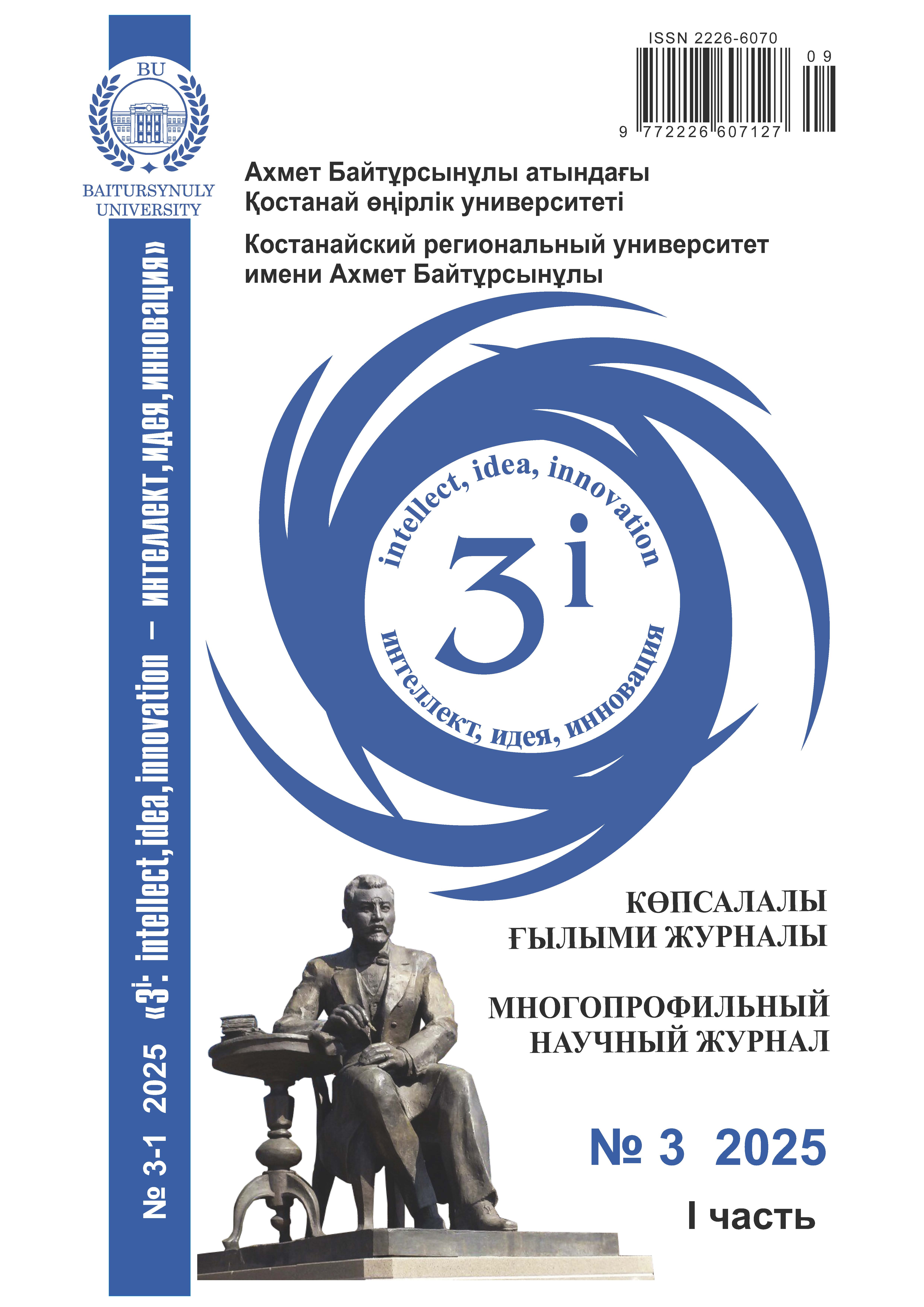GIS-BASED MODELING OF WHEAT YIELD USING NDVI IN THE STEPPE ZONE
DOI:
https://doi.org/10.52269/KGTD2531270Keywords:
agricultural land, sustainable land use, yield forecasting, ModelBuilder, geographic information systems (GIS), NDVI, digital elevation model (DEM)Abstract
In the context of increasing climate instability and high agricultural risks in the steppe zone of the Northern Kazakhstan, the task of timely wheat yield forecasting becomes especially important. This study presents a spatial model for estimating wheat yield using remote sensing data (NDVI), climatic and soil characteristics, a digital elevation model (DEM), and geoinformation analysis tools within the ArcGIS environment, including spatial analysis instruments and the ModelBuilder constructor. The research was conducted in the Aiyrtau district of the Northern Kazakhstan Region. The Normalized Difference Vegetation Index (NDVI), calculated from Sentinel-2 satellite imagery, was used to assess the condition of crop areas. Integration with agro-statistical data enabled the generation of a spatial yield distribution, with an average yield of 11.5 c/ha and a maximum of 27.5 c/ha. The analysis revealed a stable correlation between NDVI values and actual yield indicators, allowing the identification of areas with high agro-productive potential. The developed model demonstrates high accuracy and practical applicability for agricultural planning, optimization of crop area structure, land resource management, and assessment of the investment attractiveness of agricultural territories. The obtained results can contribute to the digital transformation of Kazakhstan’s agro-industrial complex and can be adapted to other regions.




